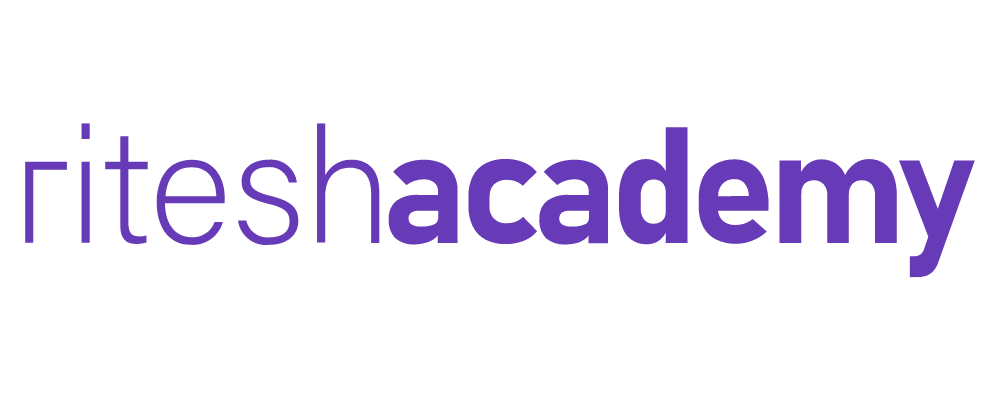Trust is the foundation of any nonprofit organization’s long-term success. For NGOs, it is crucial to earn and maintain the trust of donors, beneficiaries, and stakeholders to ensure continued support and credibility. One powerful tool to build this trust is impactful reporting.
By sharing transparent, clear, and comprehensive reports, NGOs can not only demonstrate accountability but also showcase the meaningful change they are driving.
But what does impactful NGO reporting look like? And how can organizations take their reporting to the next level? Let’s explore how effective reporting can serve as a bridge between NGOs and their stakeholders.
Why Transparent and Impactful Reporting Matters
1. Earns Donor Confidence
Donors want to know their contributions are creating real impact. Detailed reports that share financial breakdowns, program outcomes, and success stories help reassure donors that their funds are being used responsibly.
2. Strengthens Accountability
Regular and accurate reporting demonstrates that the NGO is accountable to its mission and stakeholders. It builds an unspoken contract of trust that encourages long-term partnerships.
3. Engages Beneficiaries
Beneficiaries feel valued when organizations openly share progress, challenges, and plans. Transparent reporting fosters a sense of community and collaboration between NGOs and the people they serve.
4. Counteracts Skepticism
Sadly, cases of fraud and unethical practices in the nonprofit sector can lead to public mistrust. Impactful reporting is a way to combat skepticism, showing transparency and ethical practices in action.
By committing to transparent reporting, NGOs can reinforce their credibility and strengthen relationships that are essential for their mission.
Key Elements of Effective NGO Reporting
Quality reporting doesn’t just mean listing facts and figures. It’s about translating your data into a compelling and informative story. Here are the key components of impactful NGO reporting:
1. Financial Transparency
A detailed breakdown of income sources, expenditures, and fund allocation is crucial. Include visuals like pie charts or bar graphs to make financial data accessible and easy to understand.
Example:
- X% of funds went directly to educational programs.
- Only Y% was spent on administration.
2. Impact Metrics
Numbers tell a story. Share concrete metrics that highlight the tangible results of your efforts. For example:
- Number of students enrolled in training programs.
- Percentage of beneficiaries who secured employment after completing a course.
These data points allow stakeholders to see the scale of your impact.
3. Storytelling
Stories create an emotional connection. Share personal anecdotes of beneficiaries whose lives have been transformed by your programs. Include quotes, photographs, or videos to make the experience relatable and engaging.
Example:
- A single mother who became financially independent through a skill development program.
- A student from a marginalized community who now dreams of a brighter future thanks to educational support.
4. Consistency
Consistency in reporting builds reliability. Whether it’s quarterly, bi-annual, or annual updates, stick to a regular schedule and ensure stakeholders always know when to expect a new report.
5. Visual and Digital Appeal
Today’s audience consumes information visually. Use infographics, charts, and photos to present data in a more engaging format. A well-designed digital report or a user-friendly dashboard can make your content stand out.
6. Honesty About Challenges
Transparency also means acknowledging obstacles. Be open about setbacks and share how you plan to address them. This honesty fosters trust and shows your commitment to continuous improvement.
To move beyond compliance and truly engage stakeholders, an impactful report must combine data, visuals, and heartfelt narratives.
Actionable Tips to Improve NGO Reporting
Here are some practical strategies NGOs can adopt to elevate their reporting practices:
1. Leverage Digital Tools
Use software like Google Data Studio or Canva to design visually appealing reports. Digital platforms also allow you to create interactive dashboards where stakeholders can explore your data themselves.
2. Focus on Accessibility
Write reports in plain language, avoiding jargon. Ensure they are easily accessible for people with different abilities and preferences by creating downloadable PDFs, online versions, or videos.
3. Include Testimonials and Case Studies
Put a face to the numbers. By showcasing individual stories, you humanize your work and make it relatable to stakeholders. A photo or video of a case study can leave a lasting impact.
4. Collaborate With Experts
Consider bringing in consultants or professionals to audit your reports or improve your storytelling techniques. This will help ensure credibility and precision, especially when reporting financial and programmatic data.
5. Use Before-and-After Comparisons
Show progress through comparisons. For example, if a community’s literacy rate increased after your intervention, present the data side by side. It’s a simple yet effective way to convey transformation.
6. Ask for Feedback
Invite donors, beneficiaries, and other stakeholders to review and critique your reports. Use their feedback to refine your reporting process and make it more impactful.
How Ritesh Academy Champions Impactful Reporting
At Ritesh Academy, transparency and accountability are part of everything we do. Our detailed impact reports not only showcase program results but also highlight every dollar’s contribution toward improving education and skill development in underserved communities.
For example:
- 2019-2023 Impact Highlight: Over 5,000 students enrolled in skill development programs, with 80% securing employment or pursuing further education.
- Reports feature real stories, such as a young woman who broke societal barriers to become a graphic designer after attending our digital marketing course.
By focusing on clear financial transparency, measurable impact, and personal stories, Ritesh Academy inspires trust and sustained engagement from its stakeholders.
Call-to-Action
Transparent and impactful reporting is more than just a responsibility; it’s an opportunity to inspire action and build trust. When NGOs like Ritesh Academy openly share their progress, challenges, and success stories, they pave the way for stronger partnerships and greater impact.
If you’re a donor, partner, or community member, take the time to review the reports of the organizations you support. Look for those who prioritize honesty, accountability, and measurable results.
At Ritesh Academy, we are committed to transparency and creating positive change. Discover how your support empowers individuals and communities by visiting our latest impact report today. Together, we can build a better future through trust, collaboration, and action.
Explore our work and get involved today. Trust begins with transparency.

